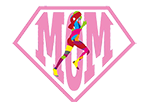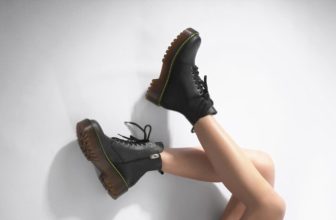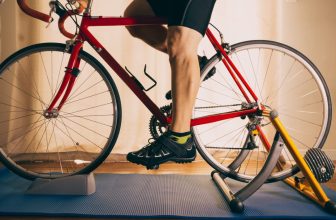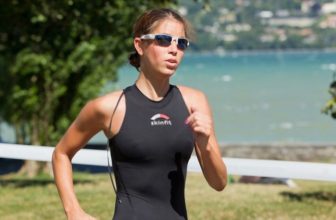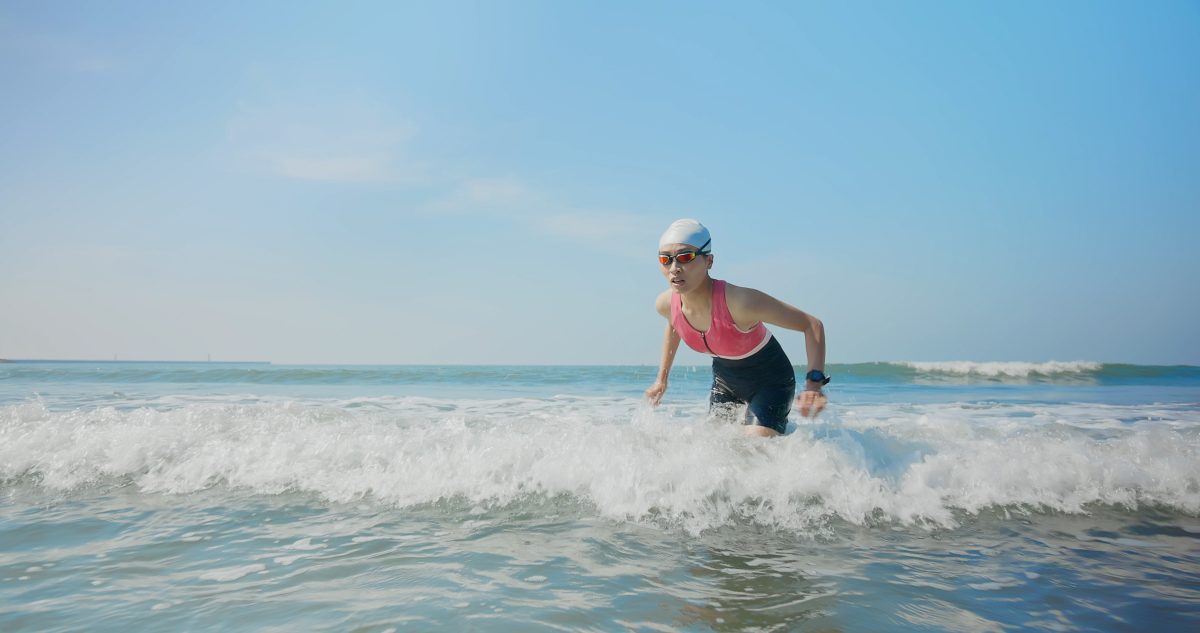
If you are thinking about the great outdoors but not quite sure what to do, triathlon might be a sport for you. Whether you want to compete in an ultra marathon or take part in a super sprint, learning the basics of the sport is a good start.
Triathlon can be an intimidating sport, but it is also one of the most rewarding activities outside of the cross country. Triathlon is its own sport.
Whether you are new to the sport or have been participating for years, It’s essential to plan and be as prepared as possible for your training, prepare for race day with enough time to spare, and alleviate any pre-race anxiety.
The following checklist will provide you with valuable information on how to prepare for your triathlon. It will be an easy read that will help you maximize your time and stay safe during the race. So let’s get started.
12 Checklist For The Swimming
There are many checklists for the swim, but this one is designed for Triathletes. It contains tips on how to be safe and efficient in the water:
1. Swim Goggles
Make sure you check the chlorine levels in your goggles, especially if they are for competition. It is also a good idea to buy anti-fog goggles in case of poor weather conditions during your event.
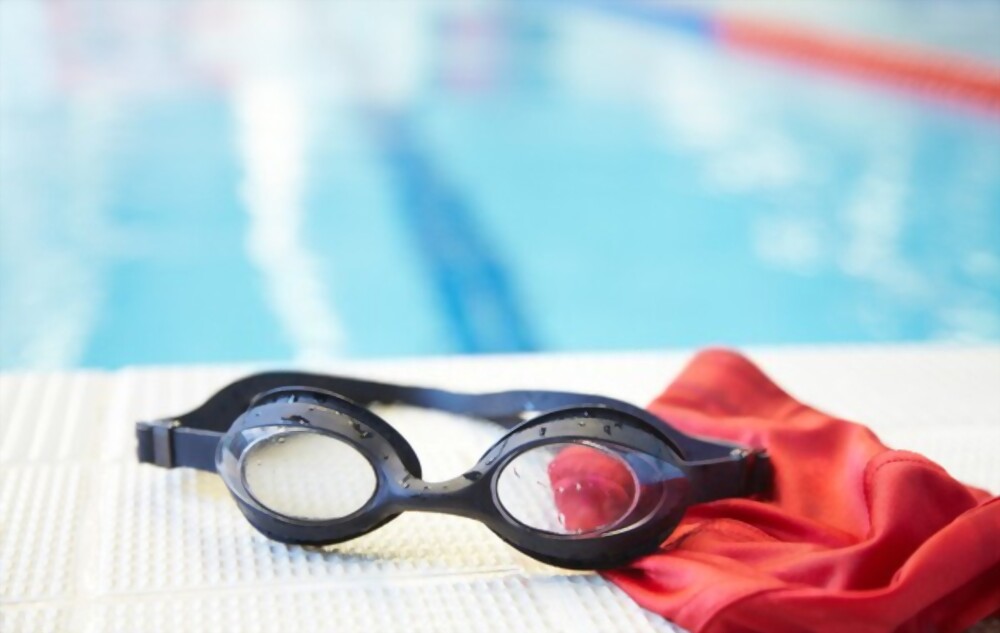
Swim Goggles
2. Wetsuit
After your swim, you’re going to want to get out of the water and into a warm, dry place where everyone can hang out. That’s why you need a wetsuit! It provides both insulation and flexibility, making it much easier to put on after the swim.
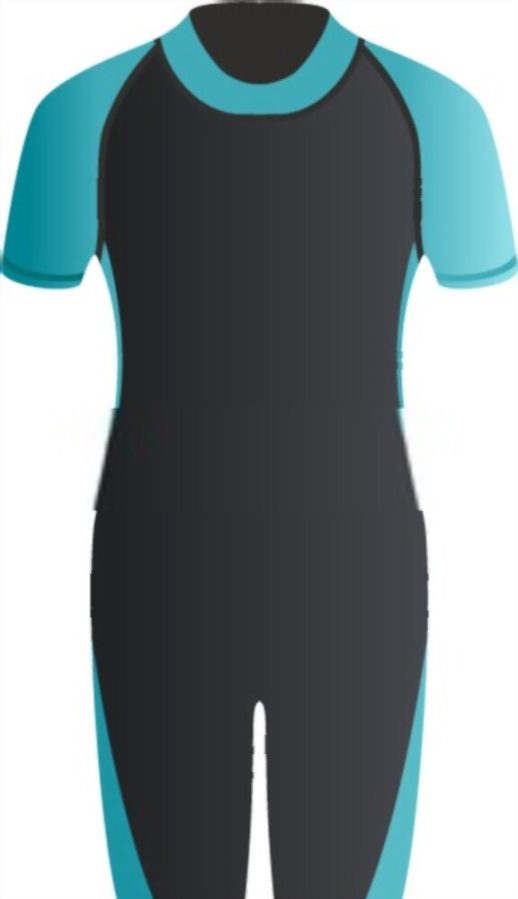
Wetsuit
3. Towel
At any race, your towel will be your friend; it can double as a beach towel between laps and for drying off after the workout. A towel with good absorbency is important to have.
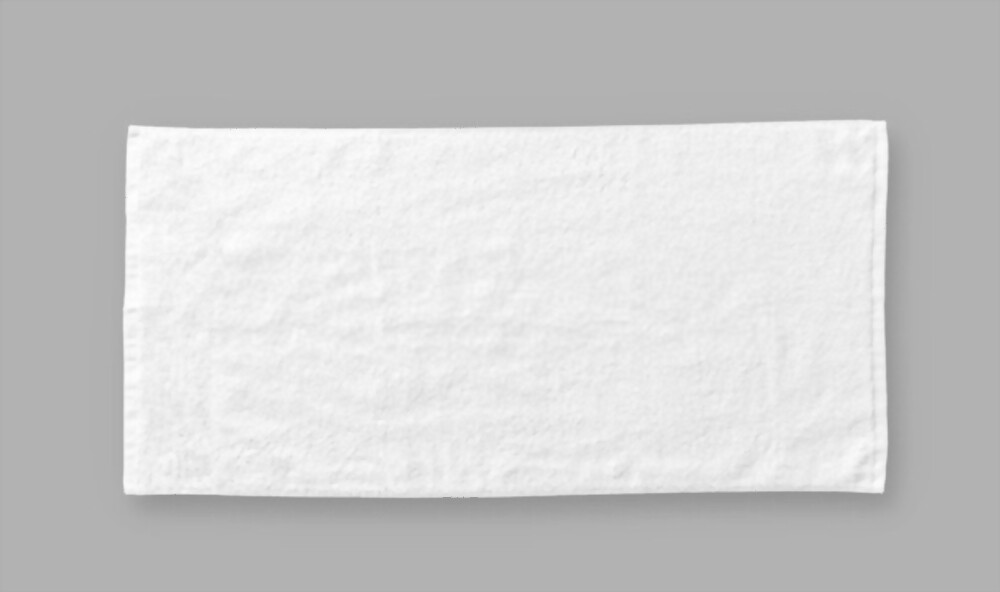
4. Sunscreen
We all know that it is important to wear sunscreen, but at the same time, you don’t want it to interfere with your swim; make sure you apply it in an inconspicuous place.

Sunscreen
5. Shampoo
You’ll probably need shampoo, especially if you are in the ocean. It doesn’t matter if you don’t normally wash your hair while swimming; your scalp will be covered in chlorine while swimming, and you’ll want to get that out while it’s still under the surface.
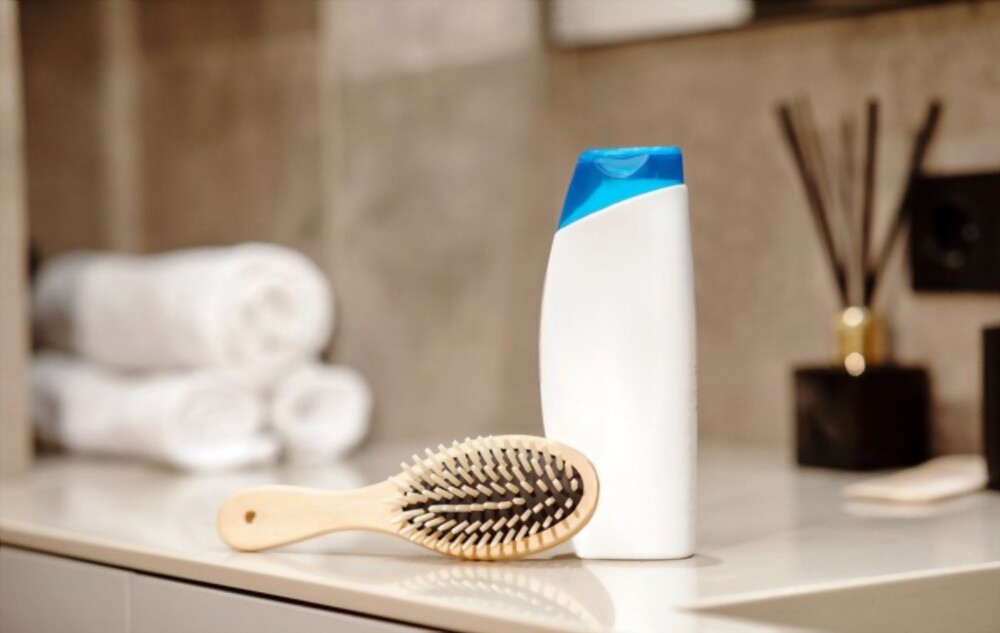
Shampoo
6. Earplugs
When you’re in the water, no one wants to hear you screaming, and if they do, it’s only because they’re screaming too. Make sure you have some good plugs that will prevent water from entering your ear canals.
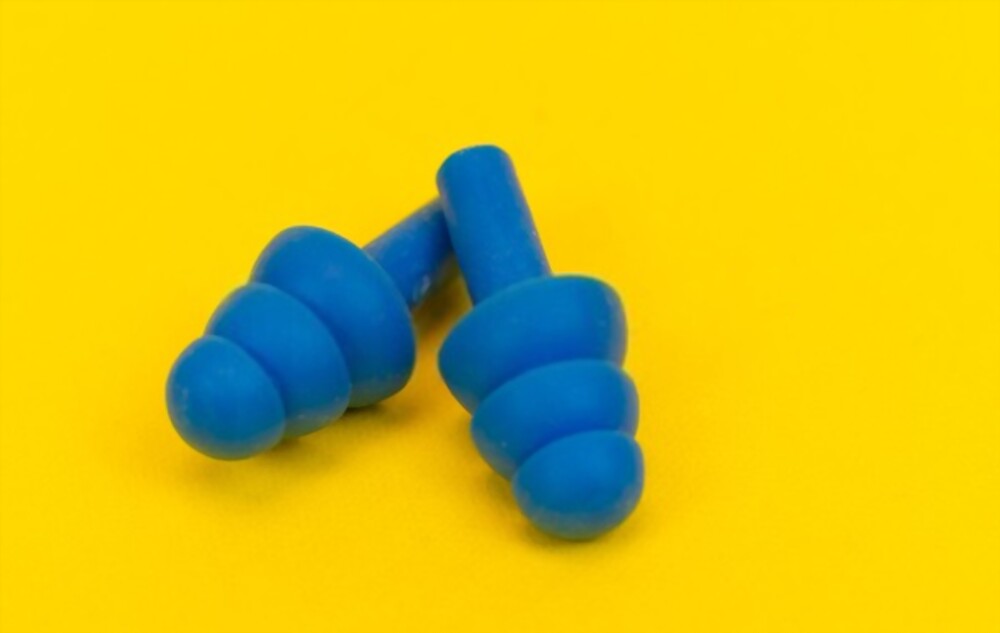
Earplugs
7. Deodorant
Maybe you’re not an athlete, maybe you just swim every day, but if you’re showing up on race day, chances are you’ll want to use deodorant. Just make sure that it is water-resistant.

Deodorant
8. Swim Watch
It’s always a good idea to wear a watch while swimming; this way, you can keep track of how long it takes for each lap.
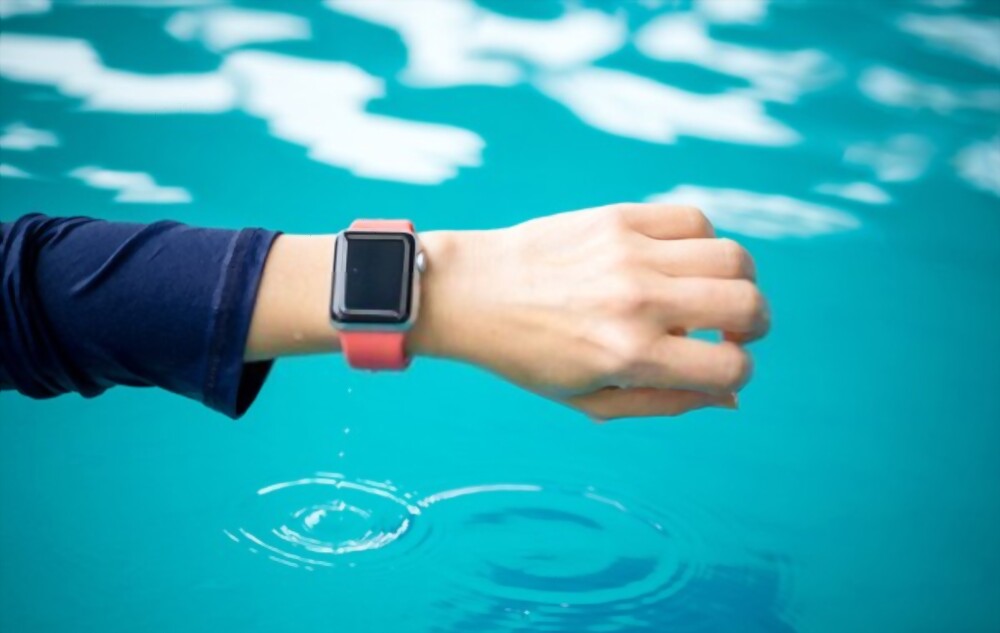
Swim Watch
9. Swim Cap
This will protect your skin from the sun, and it will provide a seal to keep the water out of your ears.
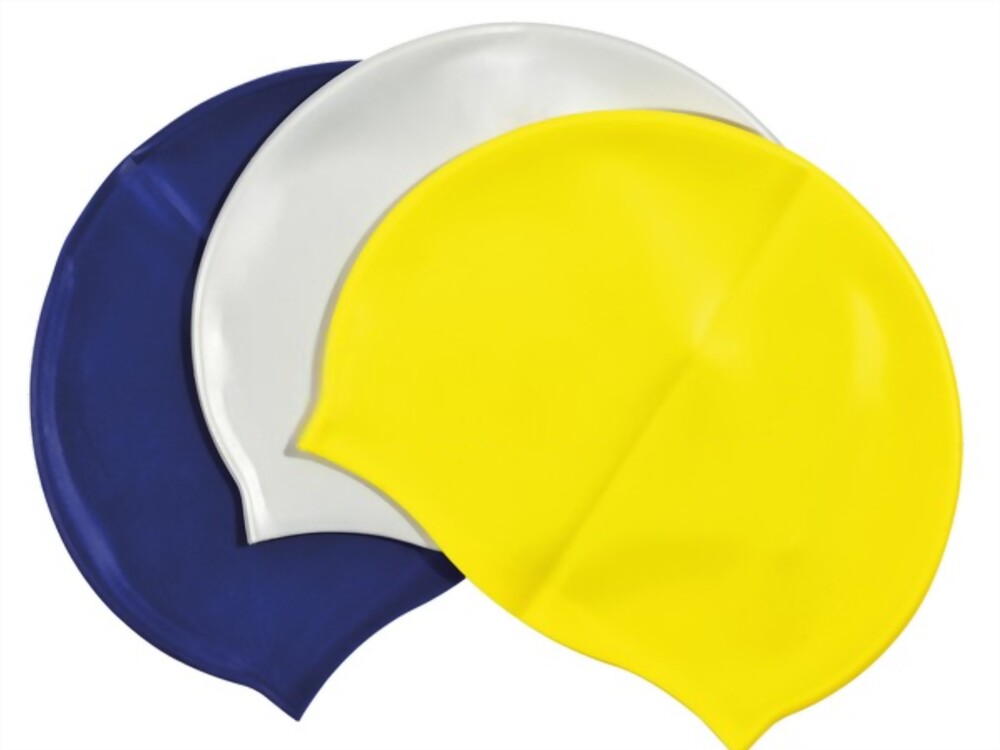
Swim Cap
10. Swim Shoes
Swimming in a pair of rubber swimming shoes or fins adds a sense of comfort and makes you much easier to track.
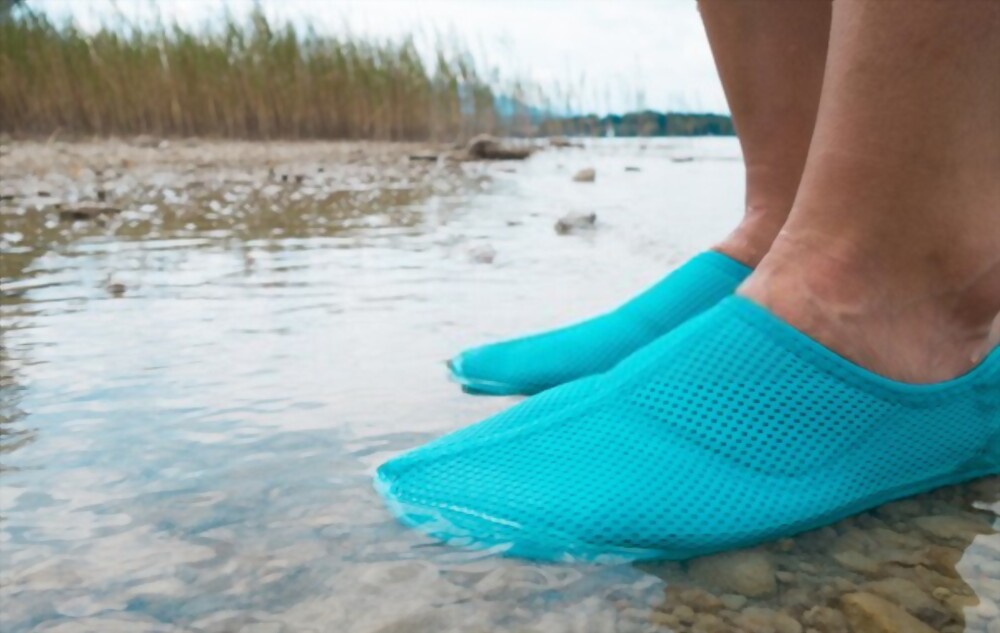
Swim Shoe
11. Dry Bag
A dry bag keeps your clothes and other belongings dry during the swim. It also makes it easier to secure them inside your bike box or racing bag. It’s unnecessary, but it is helpful if you want to take some of your belongings on your bike ride.
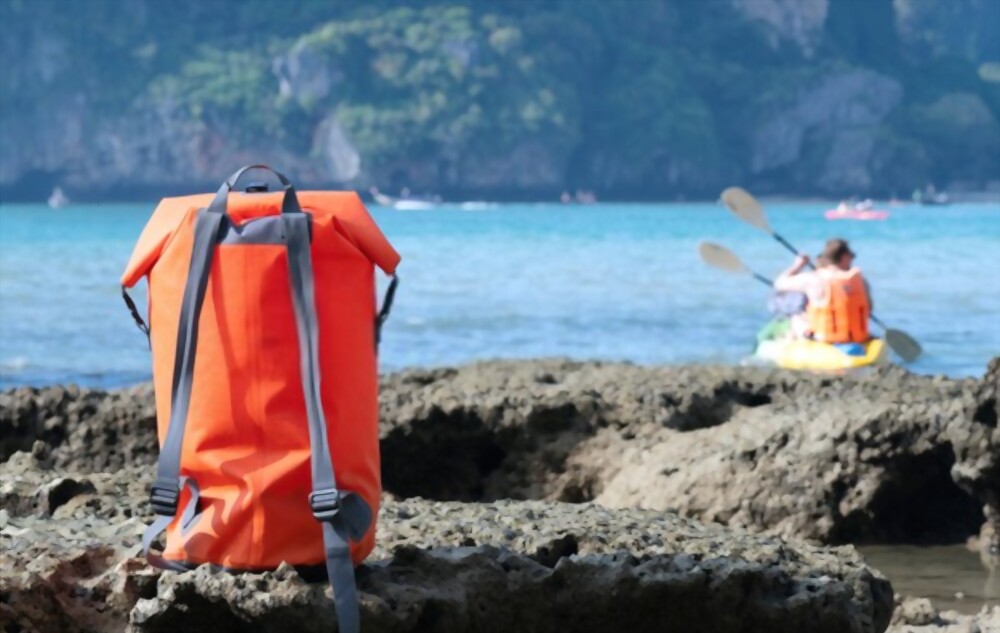
Dry Bag
12. Power Bank
Most race venues don’t have an Internet connection for providing race results, so you’ll probably want to be connected at some point. You can also use it for checking Facebook or Twitter while waiting on the bike
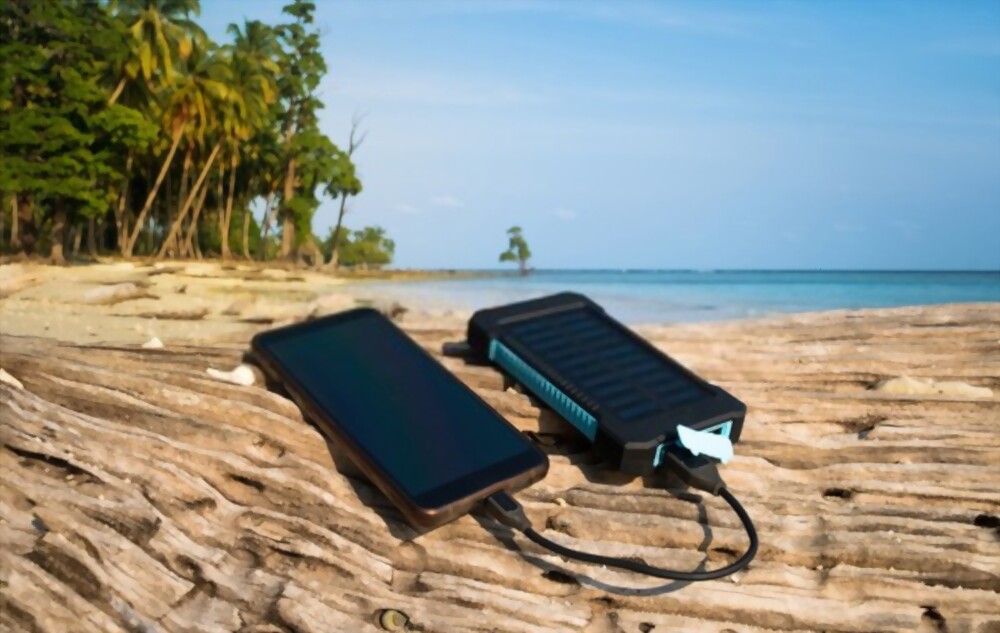
Powerbank
18 Checklist For Biking
Cycling is a great, natural form of exercise that can be easily incorporated into a busy schedule. For many triathletes, cycling is the most challenging part of their race. There is a checklist to prepare for the bike:
1. Sport Bike
Triathlon bikes are road bikes with shortened cranks and handlebars. They can be used to cycle in any direction, making them the most versatile bike, but they still require training for cycling on the other side.
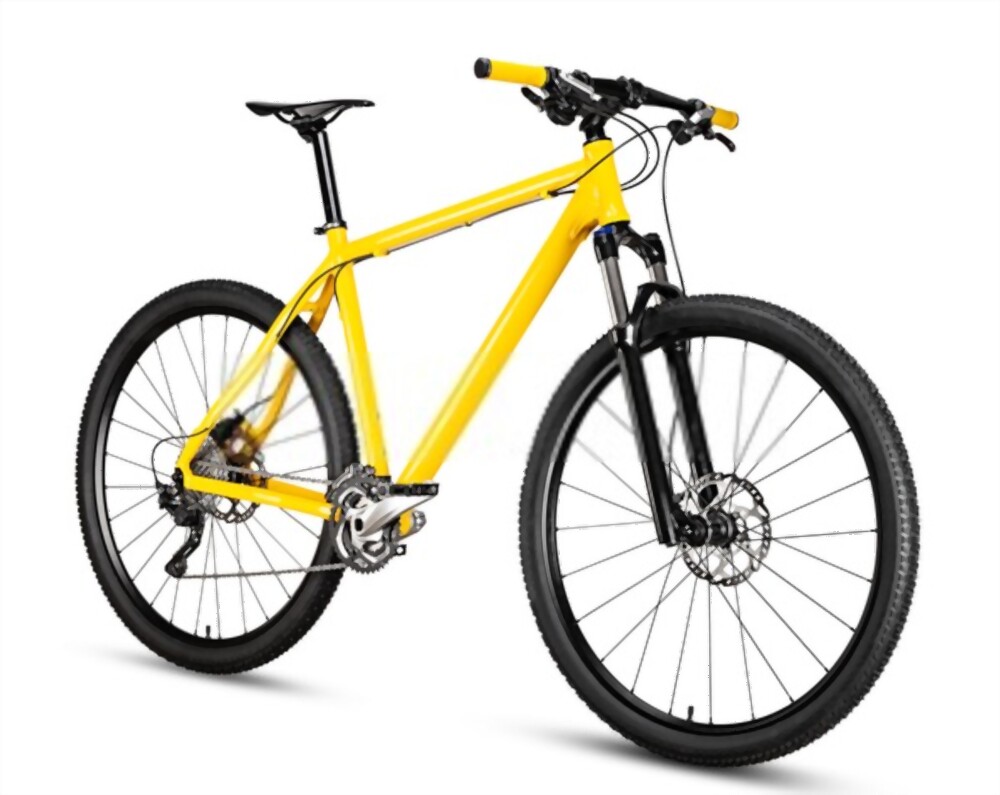
Sport Bike
2. Bicycle Helmet
Triathlon helmets are made out of an impact foam material designed to give you protection by absorbing the shock created by an impact.
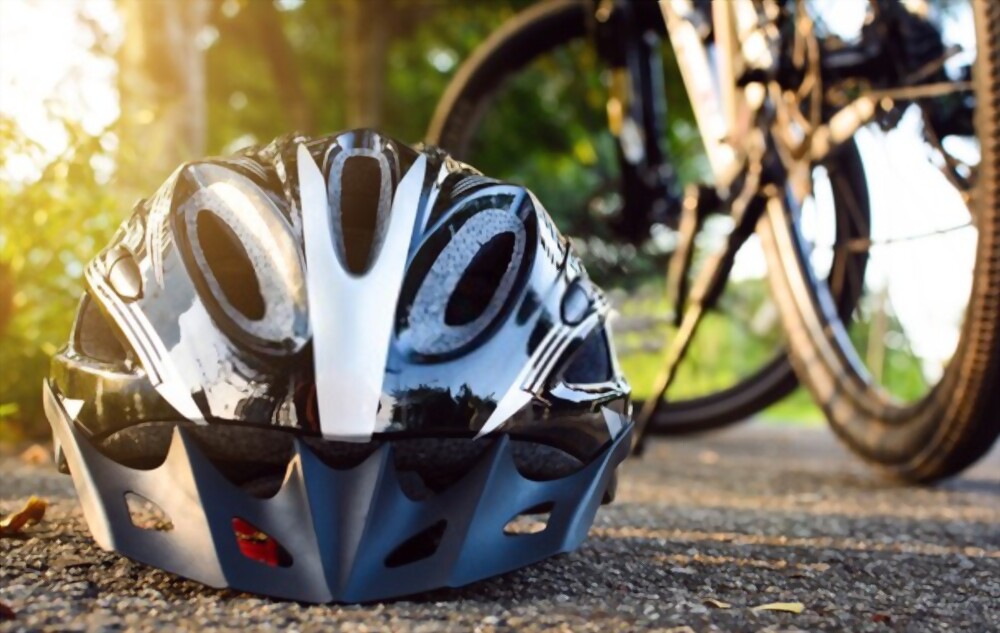
bicycle helmet
3. Bike Lock
Consider bringing your lock if you’re not lucky enough to have a secure bike rack at your race venue.
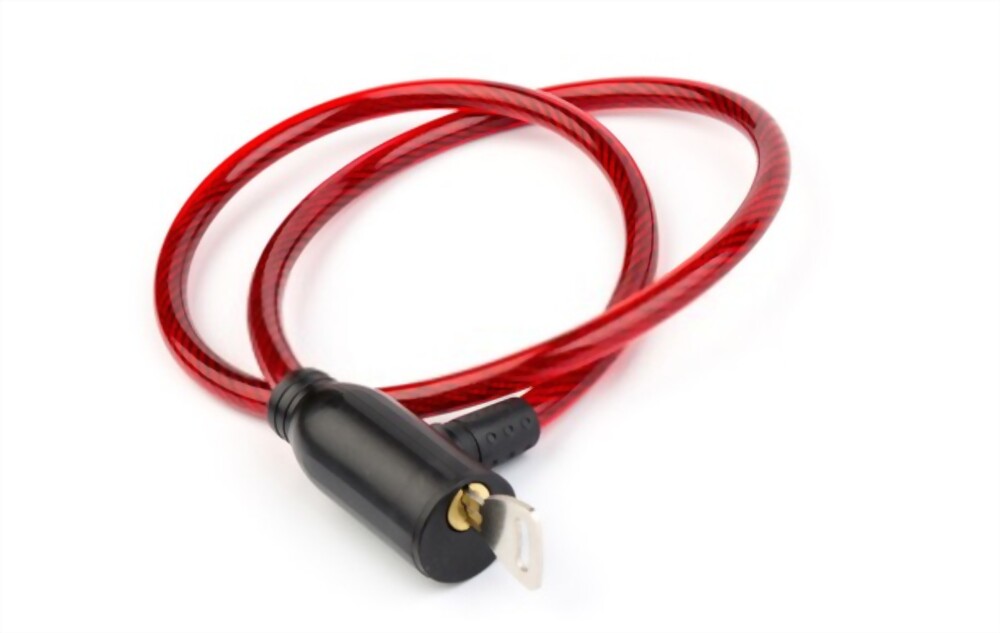
Bike Lock
4. Water Bottles (for frame cages) or hydration pack
You don’t want to have to deal with a flat due to low water, so be sure to have a bottle on hand.
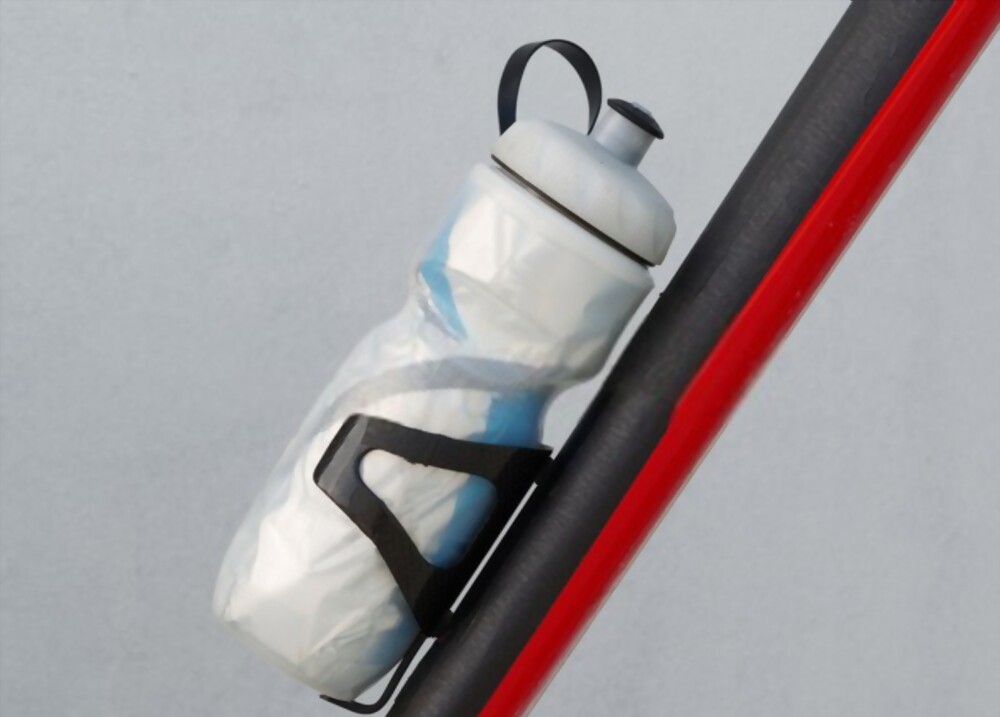
Water Bottles for frame cages
5. Gloves
Your hands will get sunburned if you don’t wear gloves, especially when you’ve been cycling
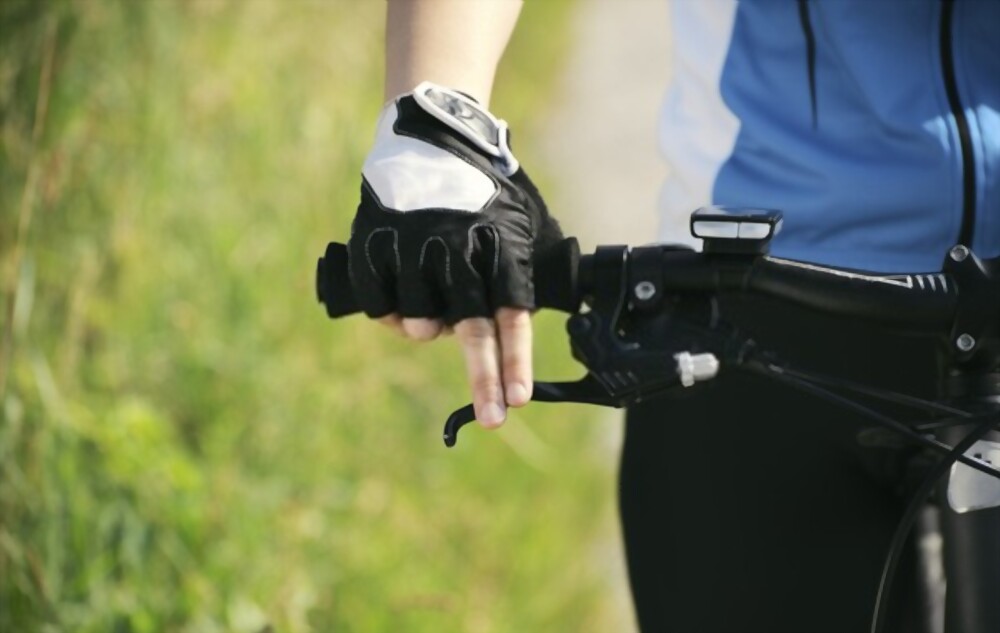
Bike Gloves
6. Bag attached under a seat or mounted on the top tube
This bag can hold a spare tube, gloves, a cap, and a phone. That way, you won’t have to stop during the race to change gloves or get access to your phone.
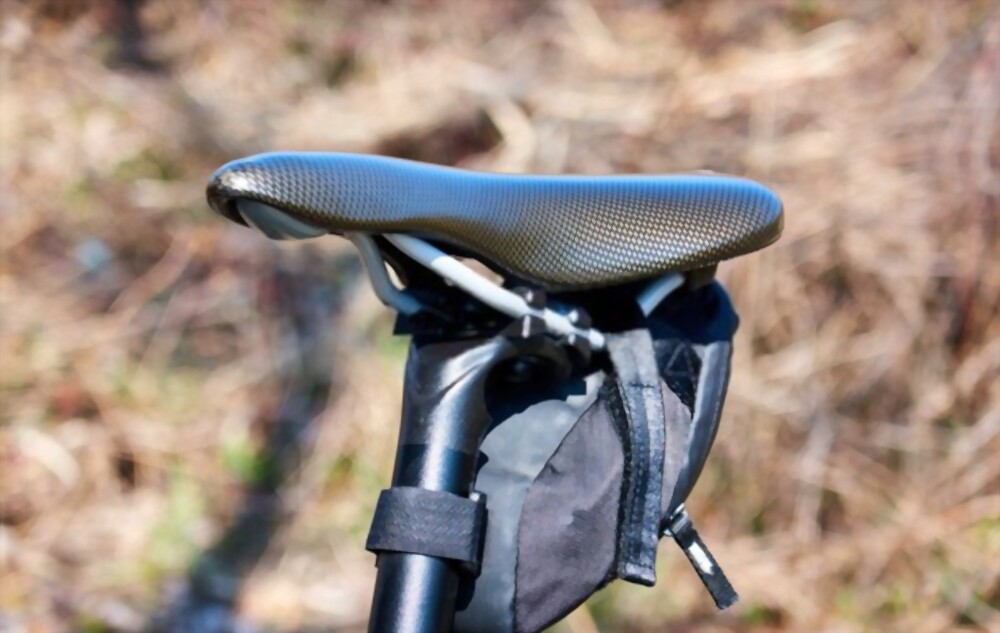
Bag attached under a seat
7. Racing flats or shoes
Race day starts with a road bike ride. It’s not uncommon for riders to forget their race shoes on the way to their race start, so be sure to have them on hand. You can also attach cleats that many bike shops sell.
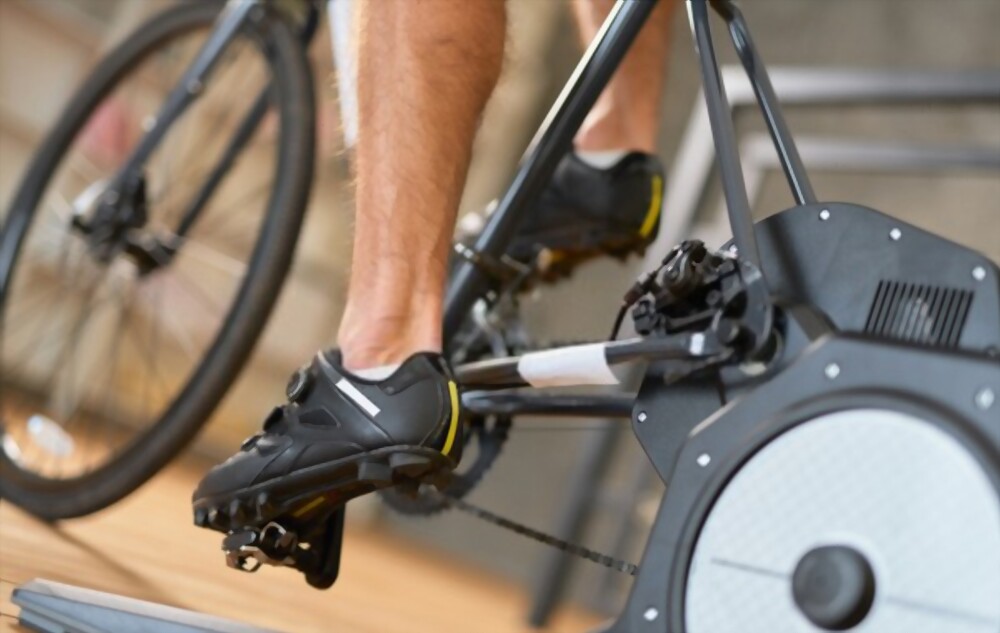
Racing shoes
8. Reflectors
These lights can make you much easier to spot at night. Shaped for the front and back of your bike, they also make it easier to see in front of you or behind you.
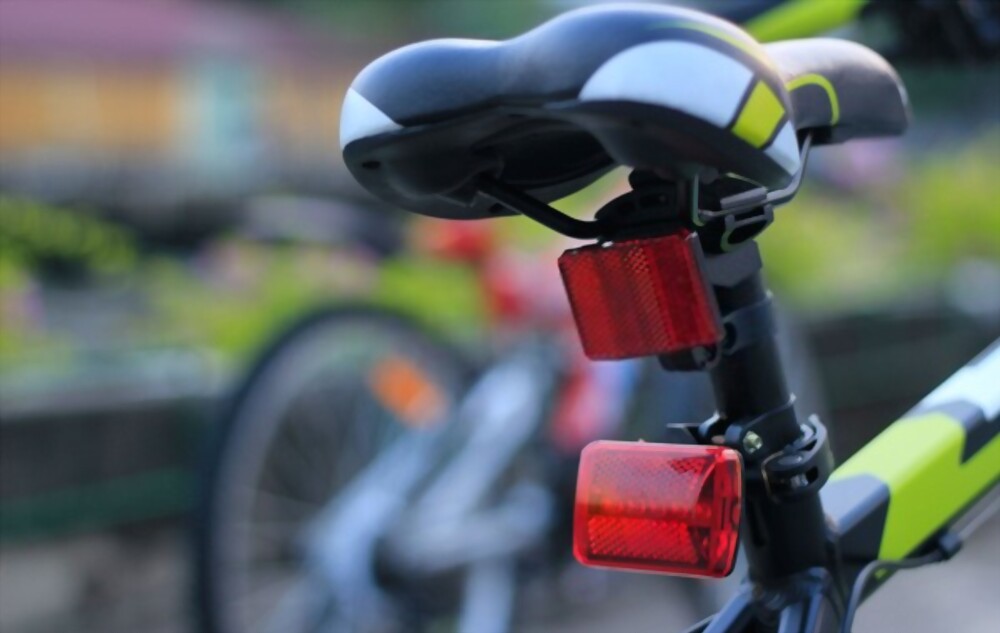
Biking Reflectors
9. Bike Bell
You don’t want to get stuck at night with no one around because no one heard your bell.
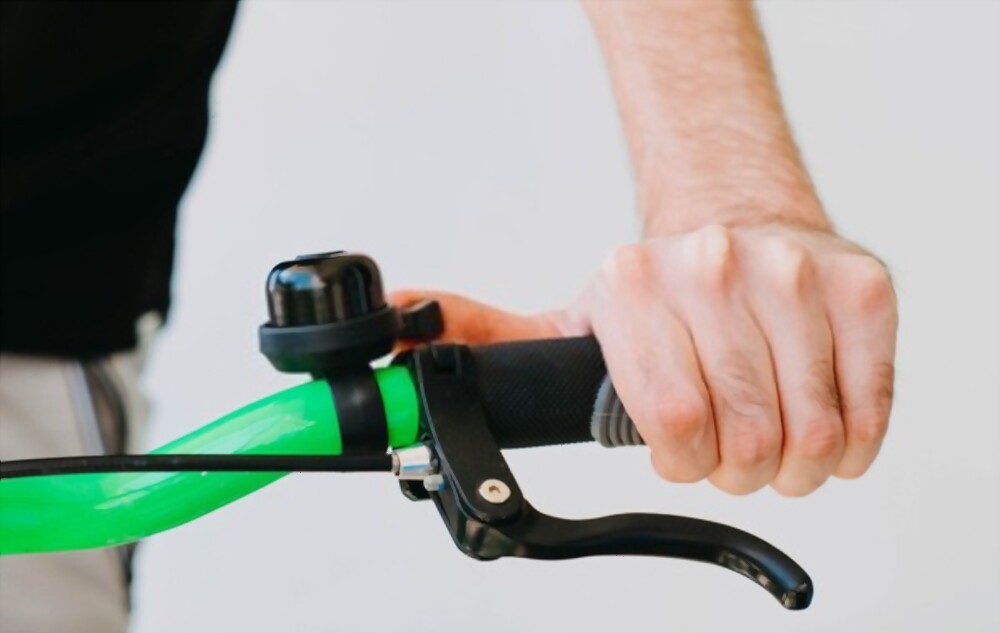
Bike Bell
10. Bike Pump
This will help get air into your tires faster, particularly if you’re starting to run out of air during the bike portion, and ensure that you have a functioning bike, even if a tube bursts. You don’t want to take a detour or stop to fix a flat mid-race. Have it ready the night before your race, so you have time to pump up those tires
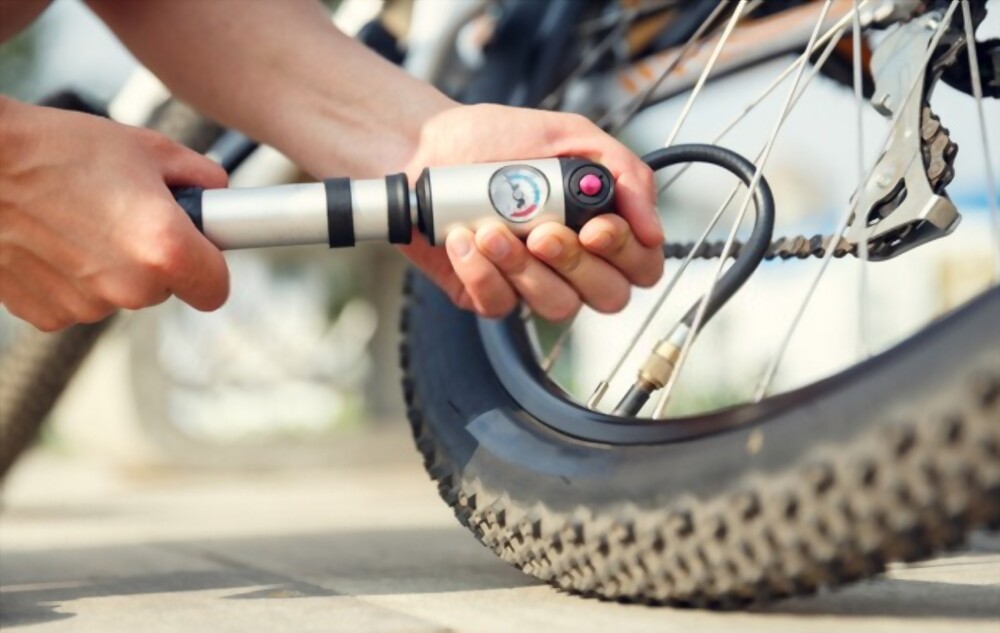
Bike Pump
11. Padded cycling shorts/spandex
Chafing is rough, so be sure to wear some sort of padding. This can prevent discomfort as well as blisters from forming during your race.
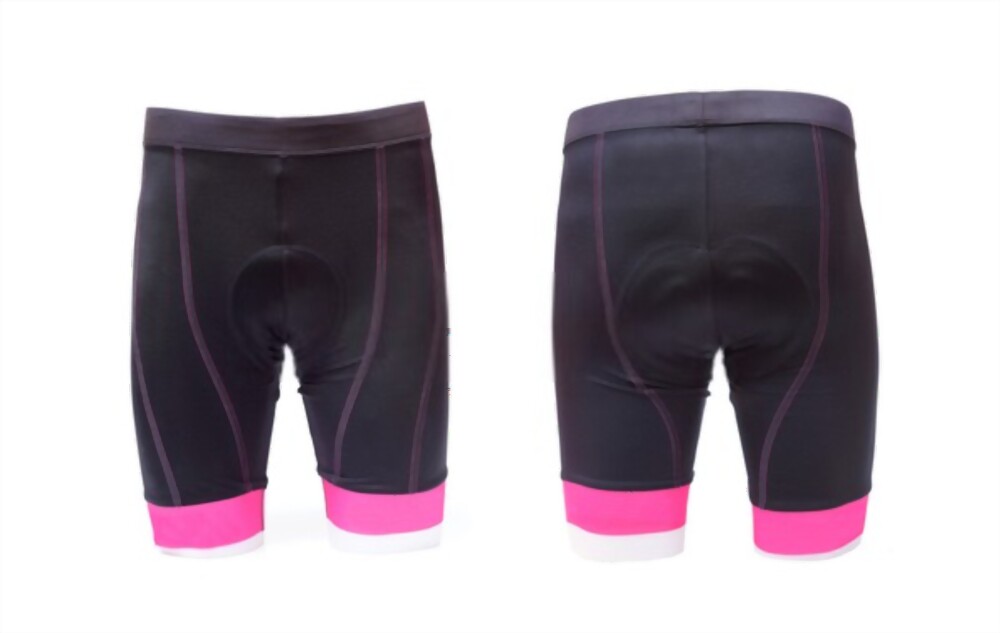
Bike spandex
12. Tire pressure gauge
It will be hard to check your tire pressure after you’ve been riding. A little mini digital gauge that hooks into your bike’s clip-in system is a good idea.
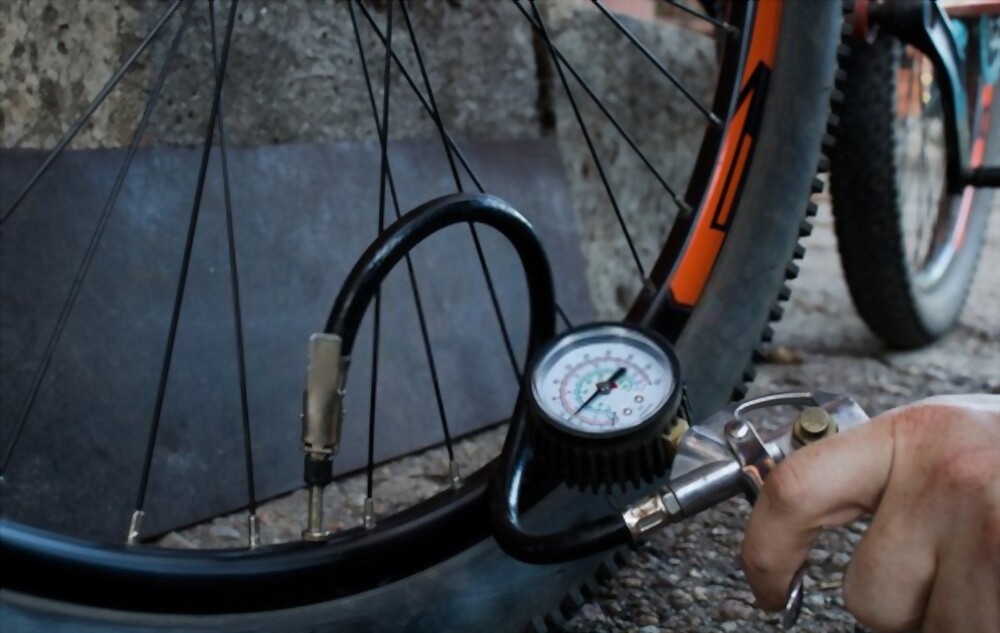
Tire pressure gauge
13. Headphone
Fortunes throughout the bike and run; you can’t go wrong with music.
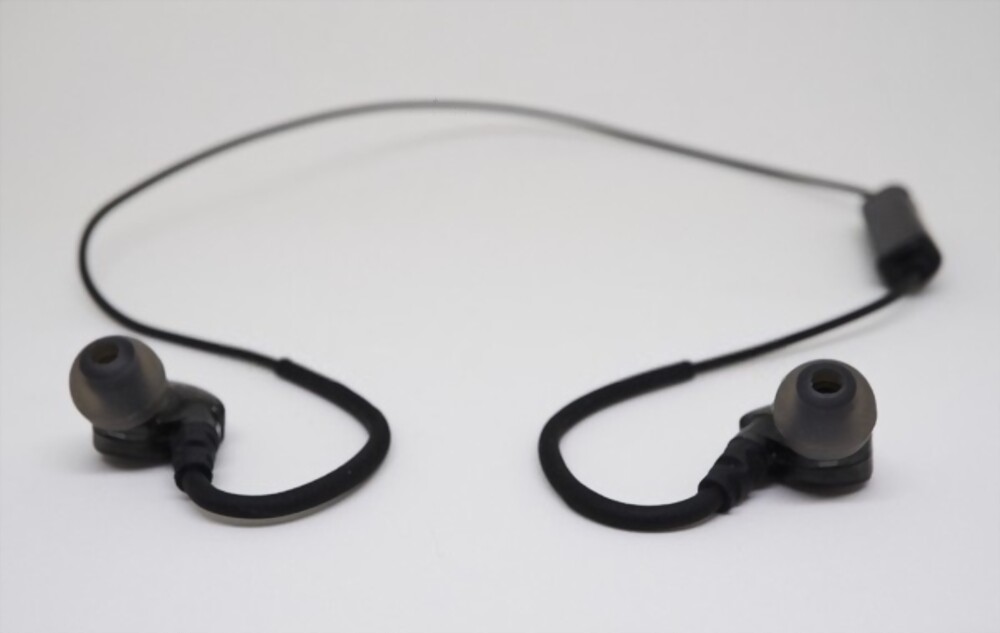
Sport Headphone
14. Hydration
The more water you drink (and the heavier it is), the better. Keep in mind that your hydration needs is important, it will change throughout the day and between distance segments.
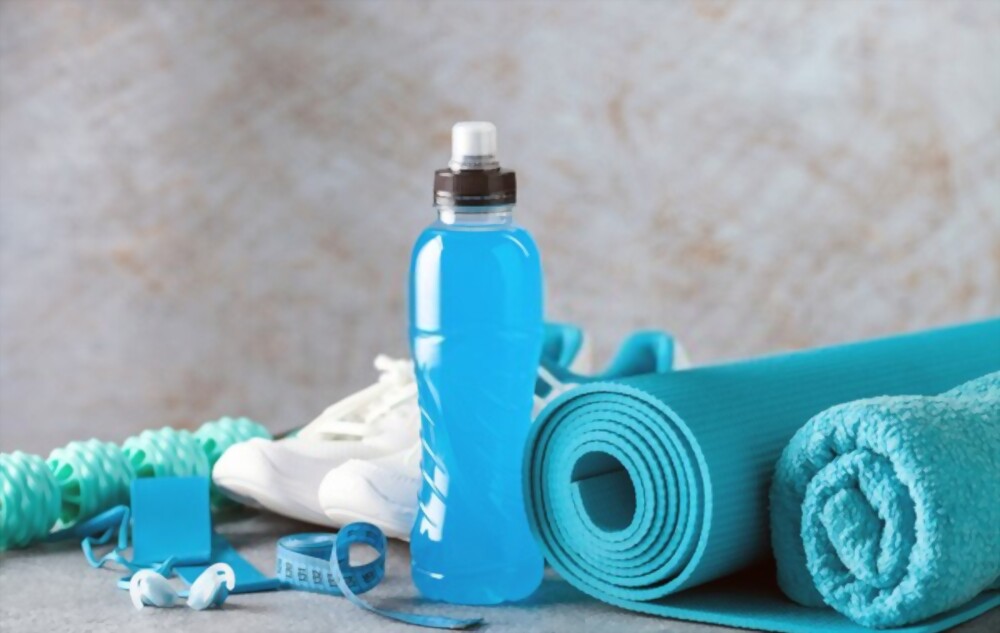
Hydration water
15. Mirror (for handlebar or helmet)
This is for looking at your computer or phone and seeing what you’re doing.
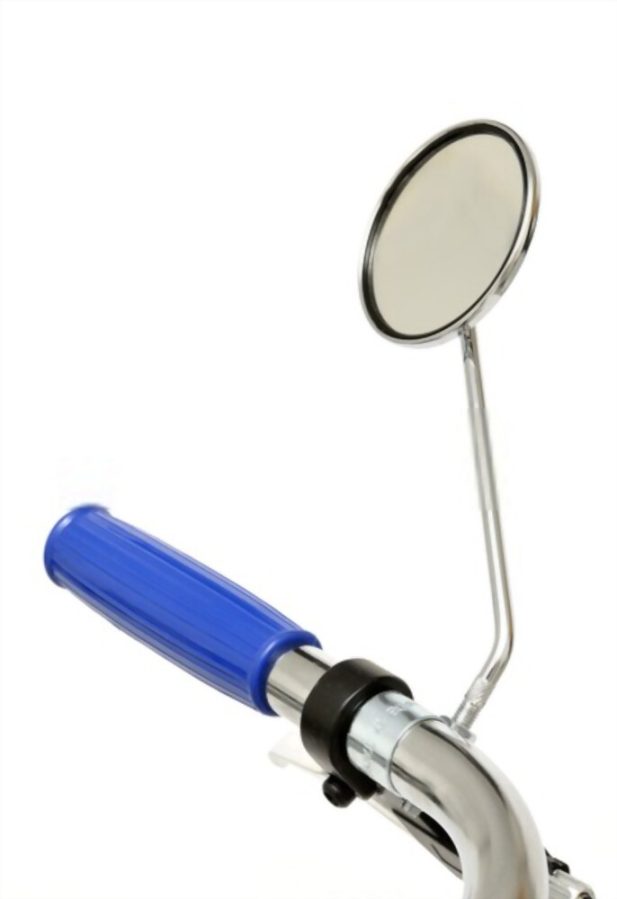
Bike Mirror
16. GPS for Bike
This will identify you in the event of a medical emergency, so it’s important to have one. One with a built-in GPS is best so race organizers can track you even if your phone dies.
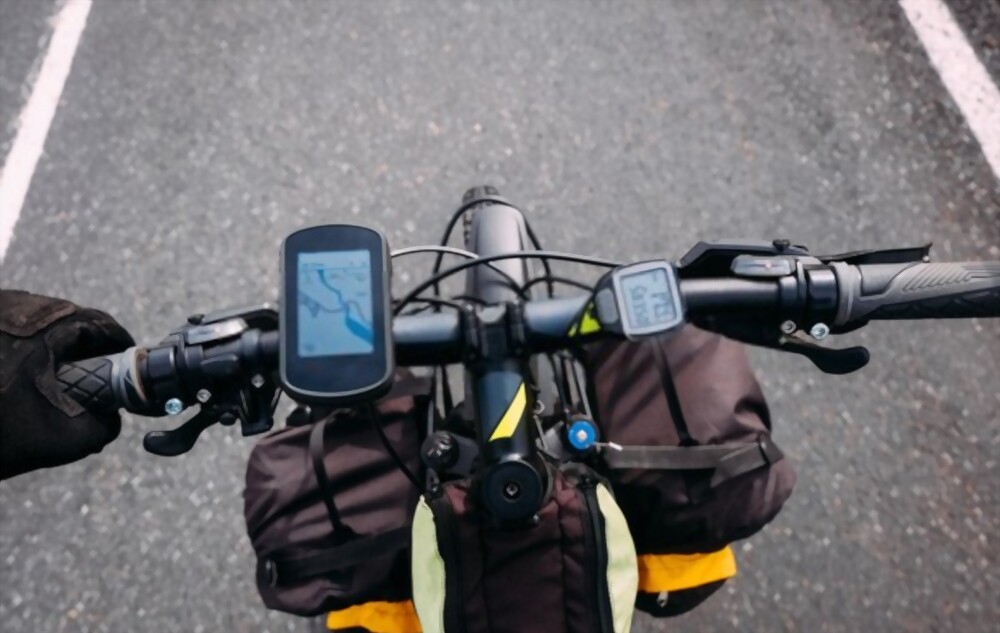
GPS for Bike
17. Cycling Shorts
This is a personal item. For men, proper lycra shorts are mandatory. Most bike shops will not even let you rent a bike without them. For women, you can wear cycling shorts or a swimsuit top and shorts.
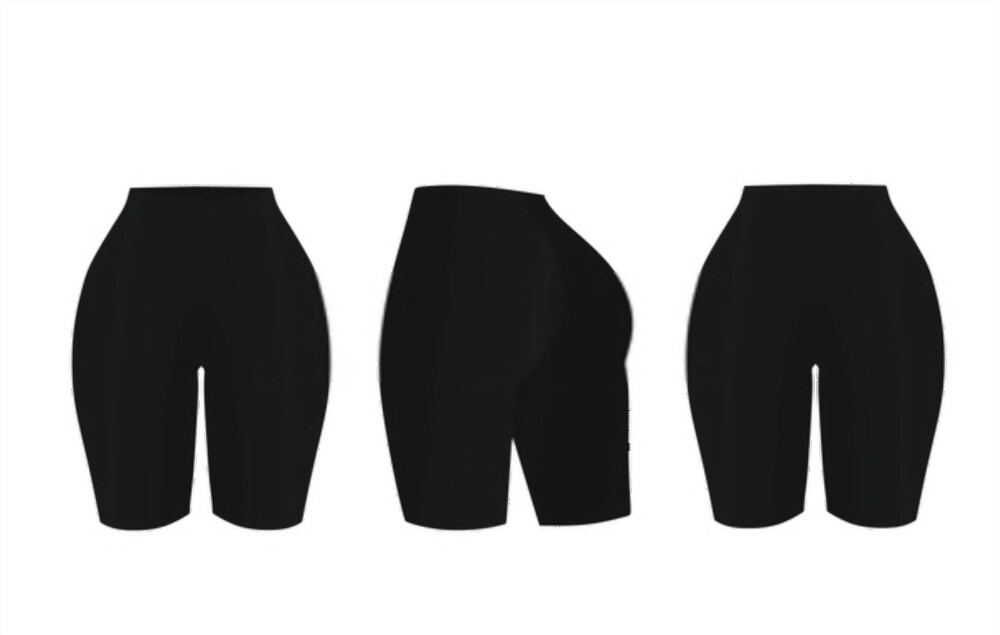
Cycling Shorts
18. Cycling socks
These have padding in the toe section and will help avoid blisters in that area of your foot during a race.
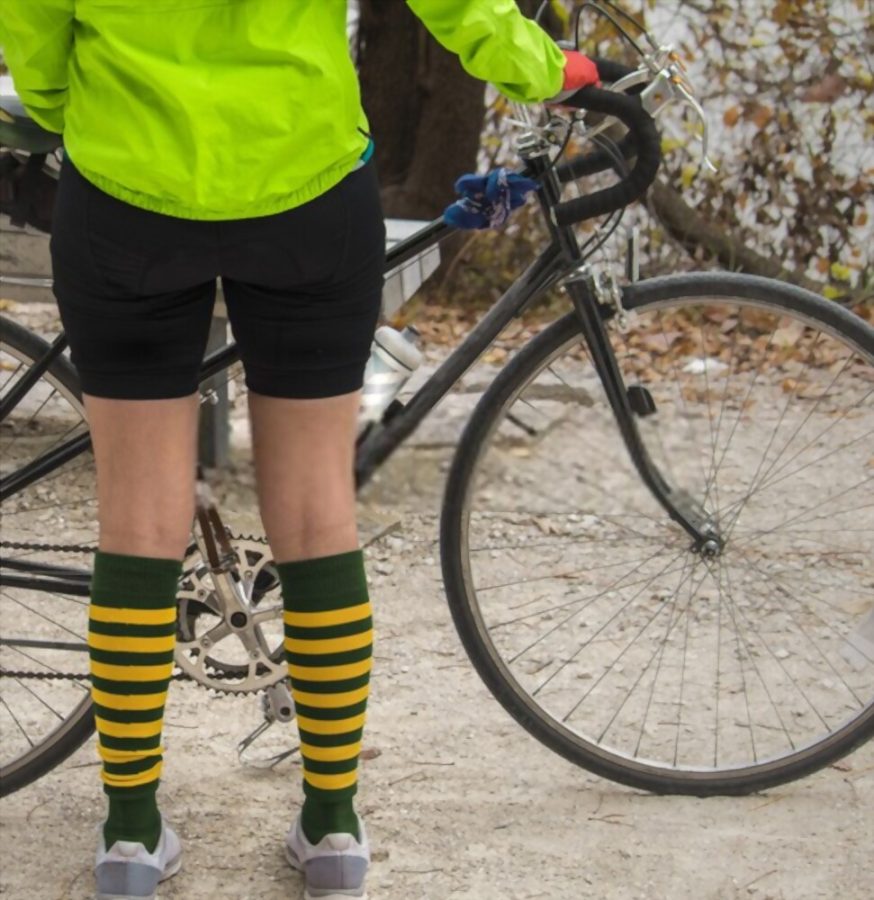
Cycling socks
17 Checklist For Running
Running has many benefits. Getting started with a running regimen may seem simple enough, but there are a few things to consider. There is a checklist to prepare for the run:
1. Compression socks
Compression socks help manage to swell and prevent chafing. They also improve your blood circulation and help you to feel better through the run.
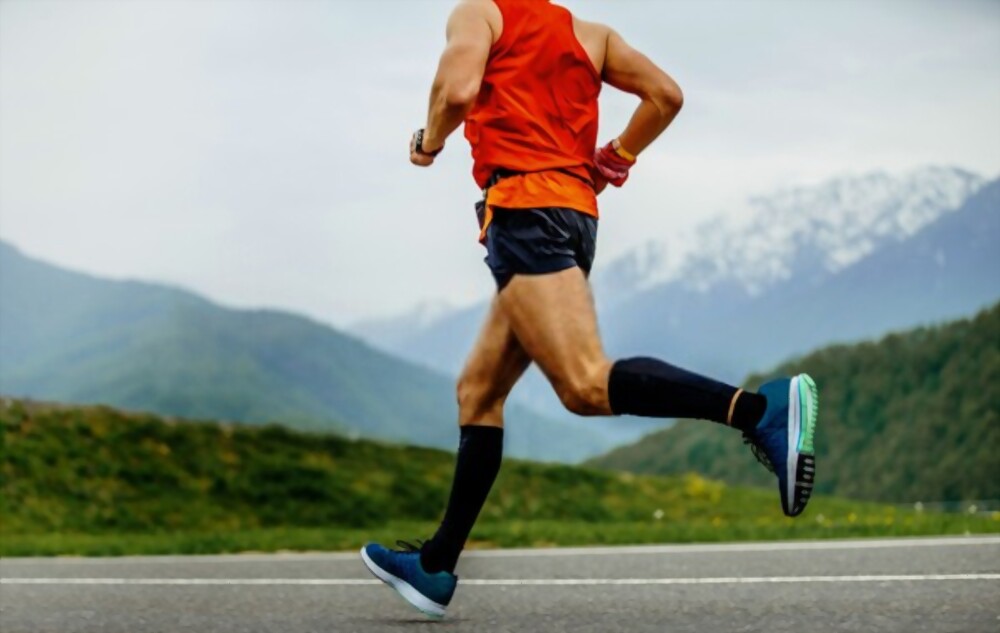
Compression socks
2. Compression shirt
Compression tops help redistribute blood flow and reduce swelling. They also prevent chafing and encourage faster recovery between distance segments.
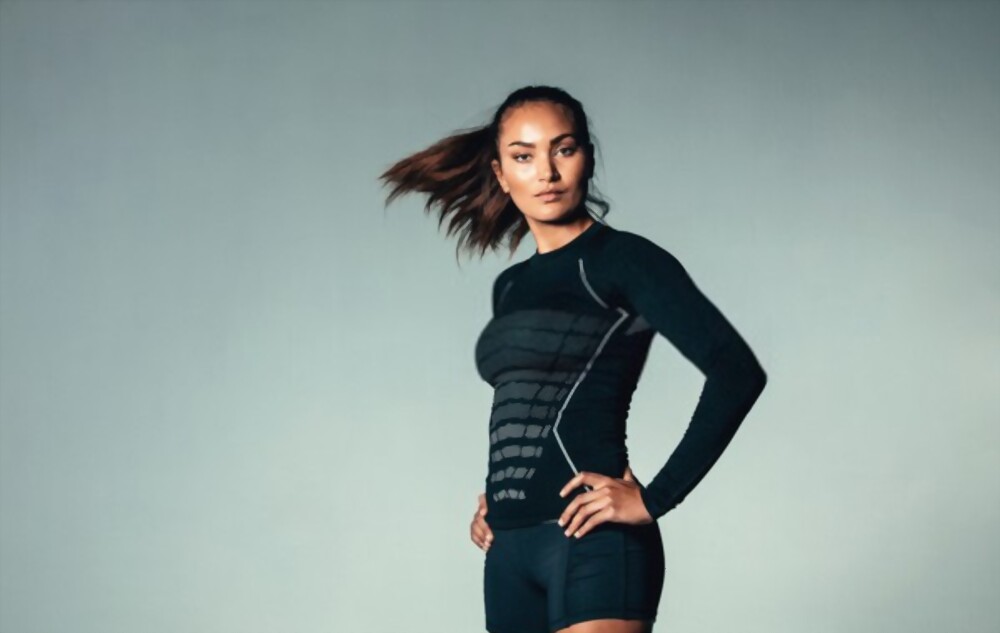
Compression shirt
3. Running shoes
Your feet will get beat up during a run. In the event of a blister, it’s important to put on a new pair running shoes before you start your next segment. You’ll need them to run.
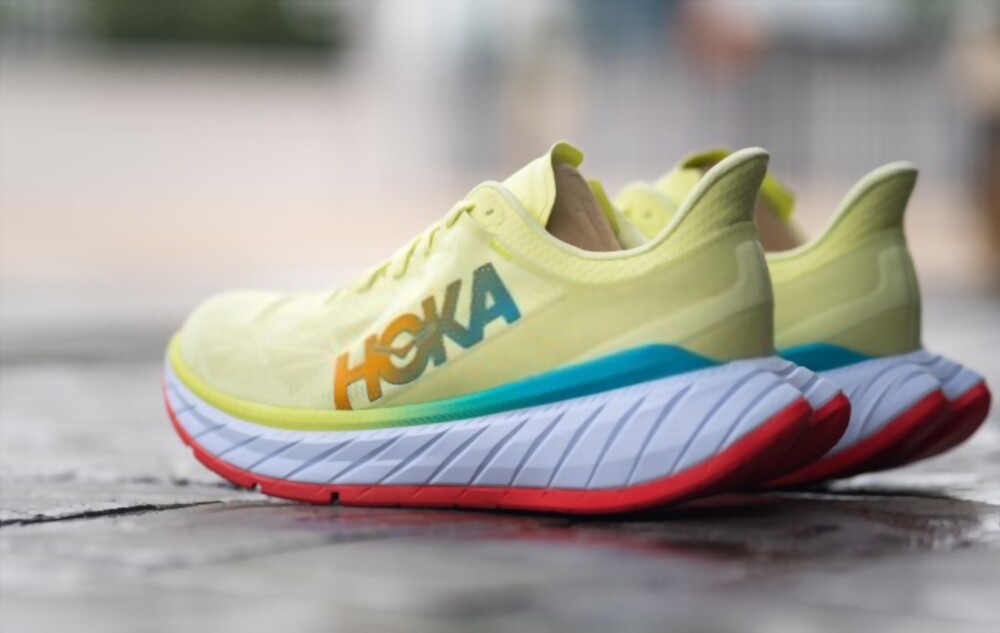
Road running shoes
4. Dry Socks
Remember, if you wear wet shorts over wet socks on the bike, you can get blisters.
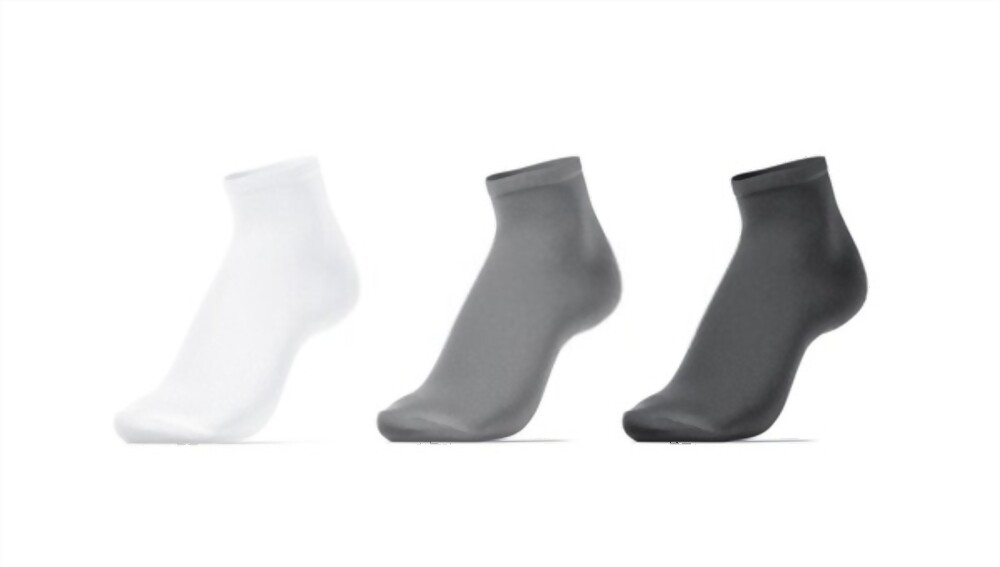
Dry Socks
5. Flip flops
You’ll need these to go to the bathroom or use the shower between transitions or after you finish. You can wear them back on the bike if your feet are sore.

Flip-Flops
6. Hat
You’ll need this to keep your head from getting sunburned. It will also keep sweat out of your eyes.
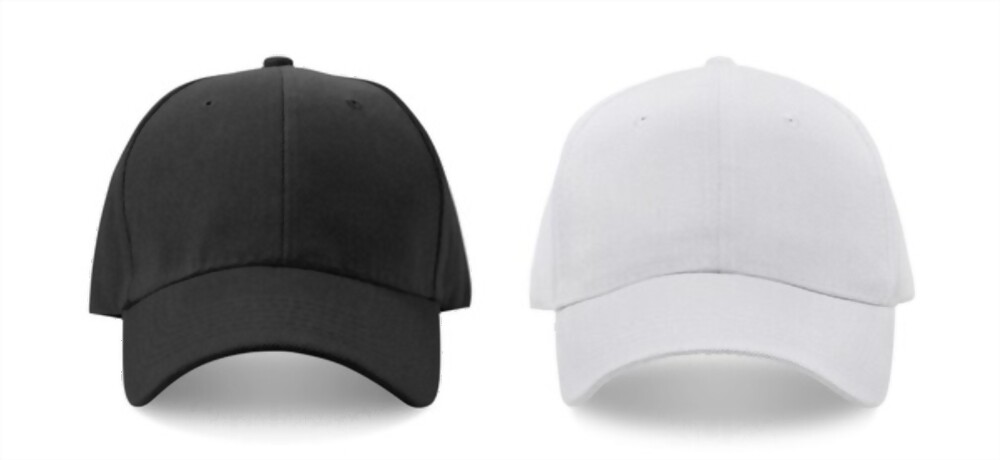
Sport Hat
7. Arm sleeves
These will prevent chafing and make it easier to run without having your arm move around a lot.

Arm sleeves
8. Shirt
You do not want to be running around with a wet shirt, but you also don’t want one that’s too thin and will get stretchy and loose during the heat of the day.

Shirt
9. Speed (elastic) laces
These will give you a snug fit and prevent your shoes from coming off when you run.
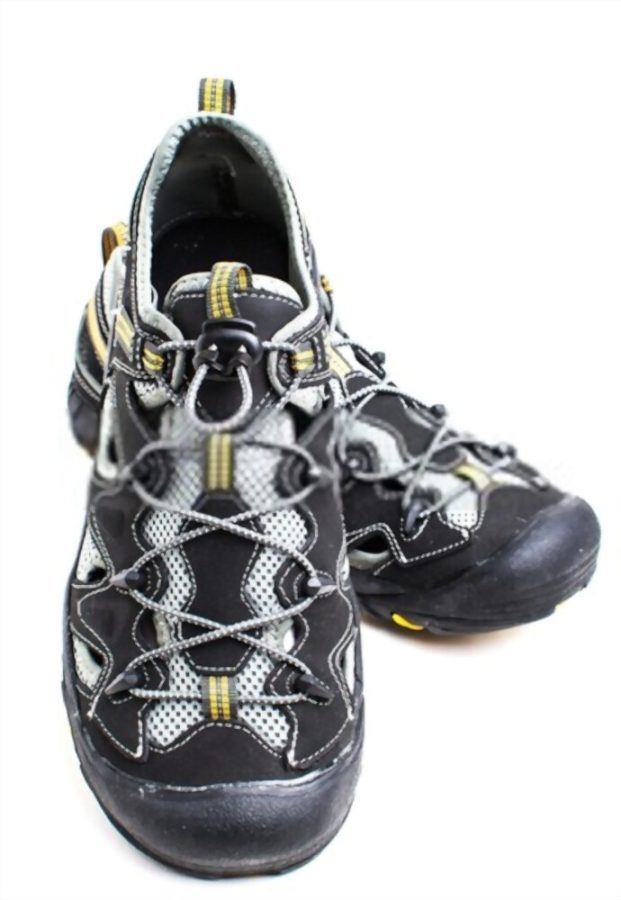
Speed (elastic) laces shoes
10. Gloves
You’re gonna get sunburned, and you’re gonna get blisters! Protect yourself from the sun and from injury with good-quality gloves.
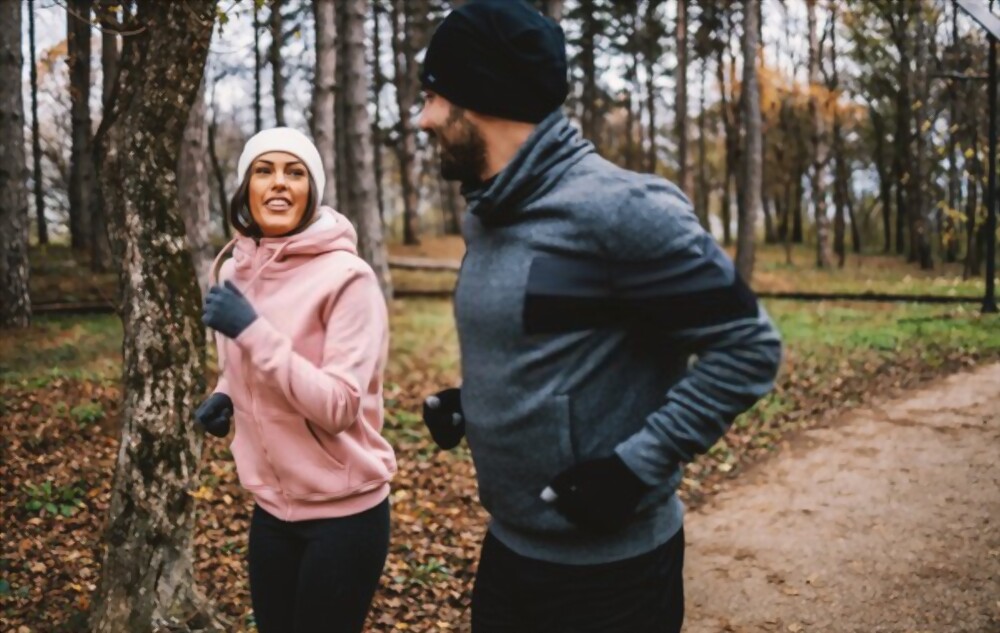
Run with gloves
11. Bag attached under your arm or on your waist
This can hold items like gels, energy bars, water bottles, or more. You’ll also need a bag that you can use to carry belongings from transition to transition.
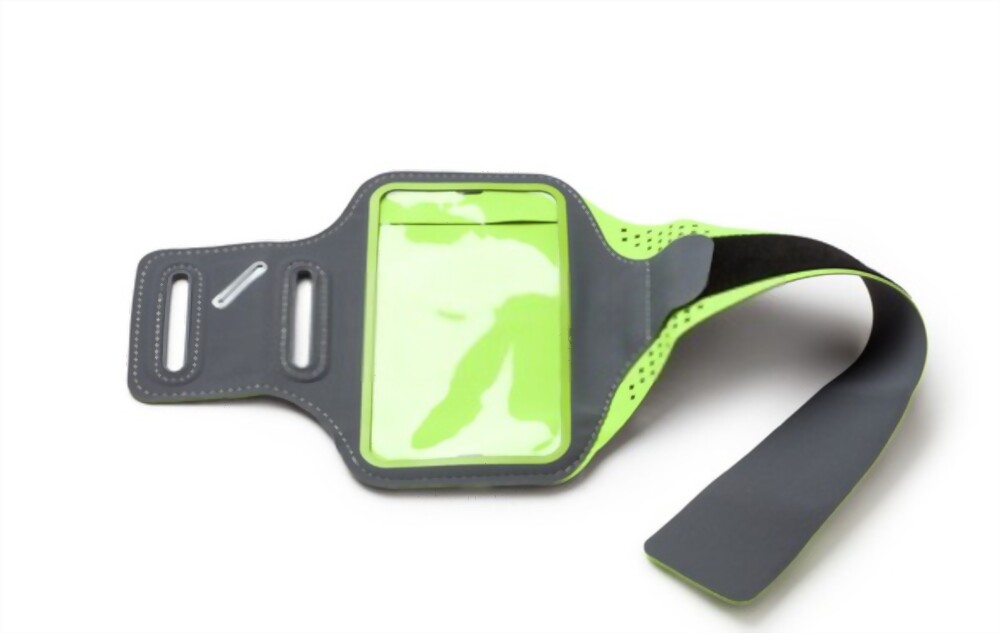
Bag attached under your arm
12. Waterproof cell phone case
You don’t want to take the chance that your phone will get ruined during the run segment of the triathlon.
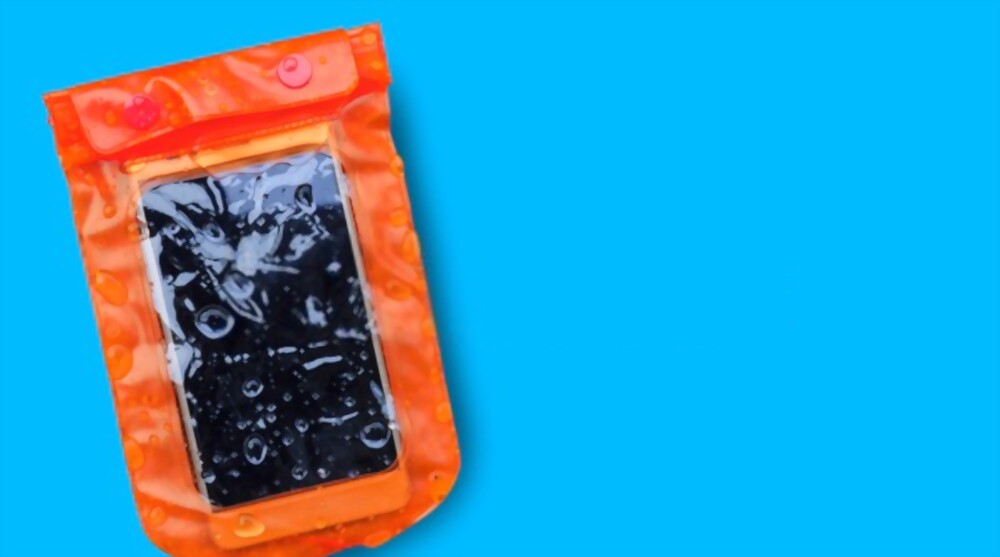
Waterproof cell phone case
13. Running socks
These will prevent blisters and keep your feet dry. They’re a good choice for cycling socks if you like to race with the same brand and material of gloves and socks.
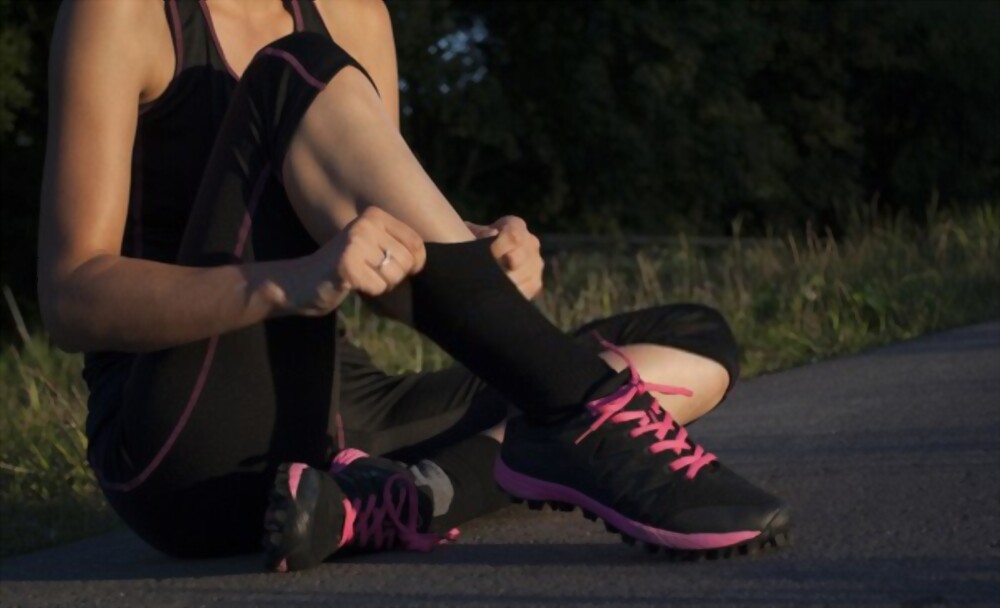
Running socks
14. Cash
You never know when you might need some cash for a taxi cab, bike shop, or meal at a nearby restaurant.
15. Sunglasses (different from cycling glasses)
These will keep your eyes from getting sunburned and allow you to see things in the distance across the course that will help you determine how much time you still have.
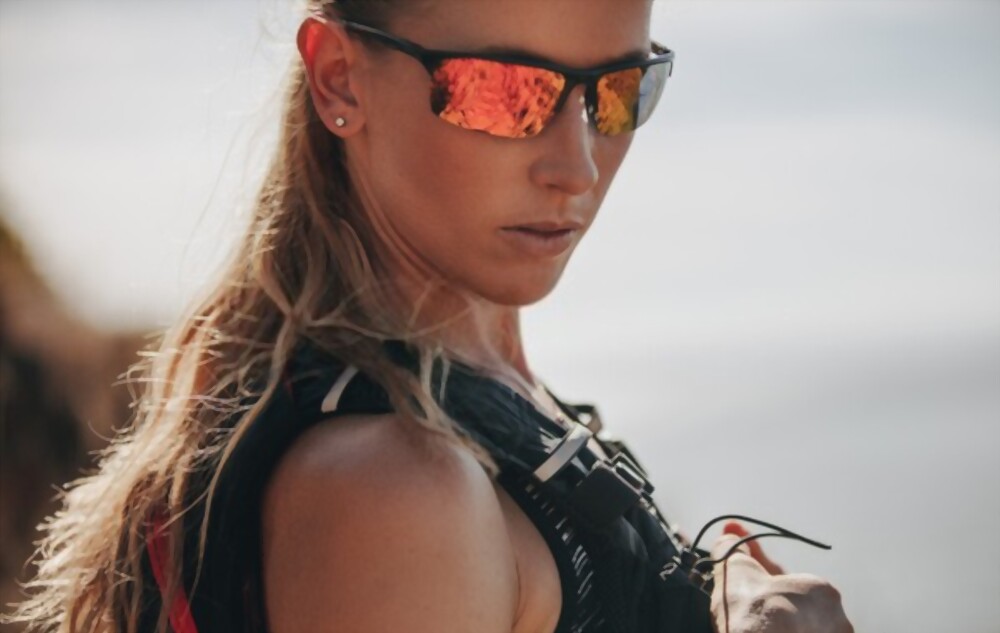
Running Sunglasses
16. Watch or heart rate monitor with chest strap
The watch can be useful for knowing times and distances, while the heart rate monitor will let you know how hard you’re working.
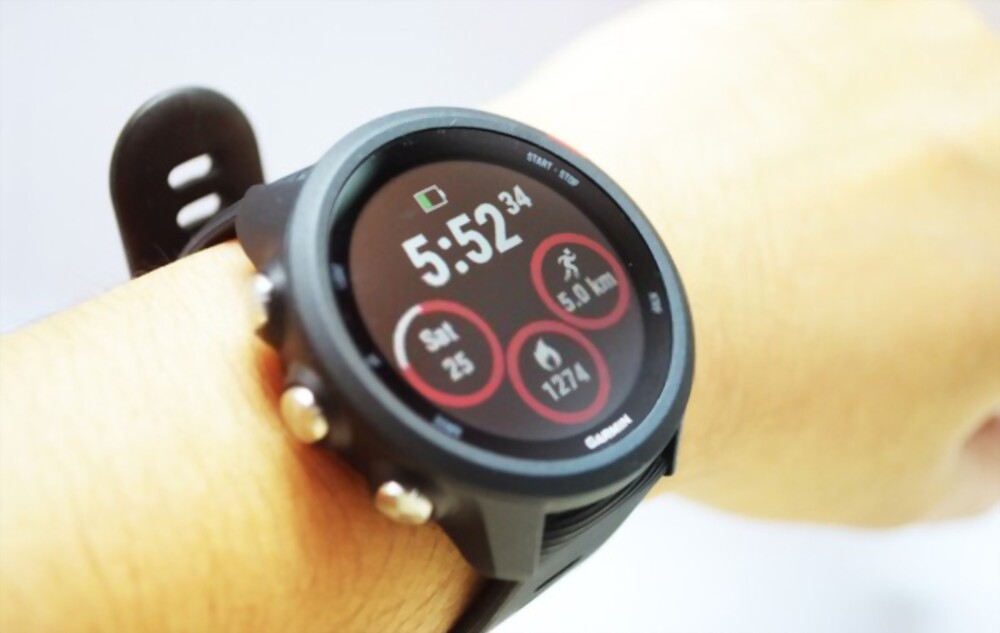
garmin watches
17. Cell phone
It has GPS capabilities, so you’ll want it with you in case of an emergency. Use a waterproof case if possible.

smartphone
Note For You Before The Triathlon
Having a good time is a big part of triathlon. To ensure that the event runs smoothly and encourages competitors to have a good time, there are some guidelines that athletes should follow to help everyone have a fun time.
Many triathlons will have volunteers at the race who are willing to help with anything from pacing to giving out awards. If you plan on volunteering, know ahead of time what you can do so that others don’t have to wait for you so they can run their events.
Note: If the race is running late, don’t worry. People are excited to be there and will still be there when you arrive. It is perfectly ok to start anytime after the official starting time.
If you need to leave your bike at any point during the event, bring a tool to open the storage box holding it. Also, bring leather gloves with you so that you can open the bike without damaging it. If you’re worried about the security of your bike, also bring an alternate lock for it as well.
For most races, athletes should wear running shoes with good grip to avoid slipping when they run.
